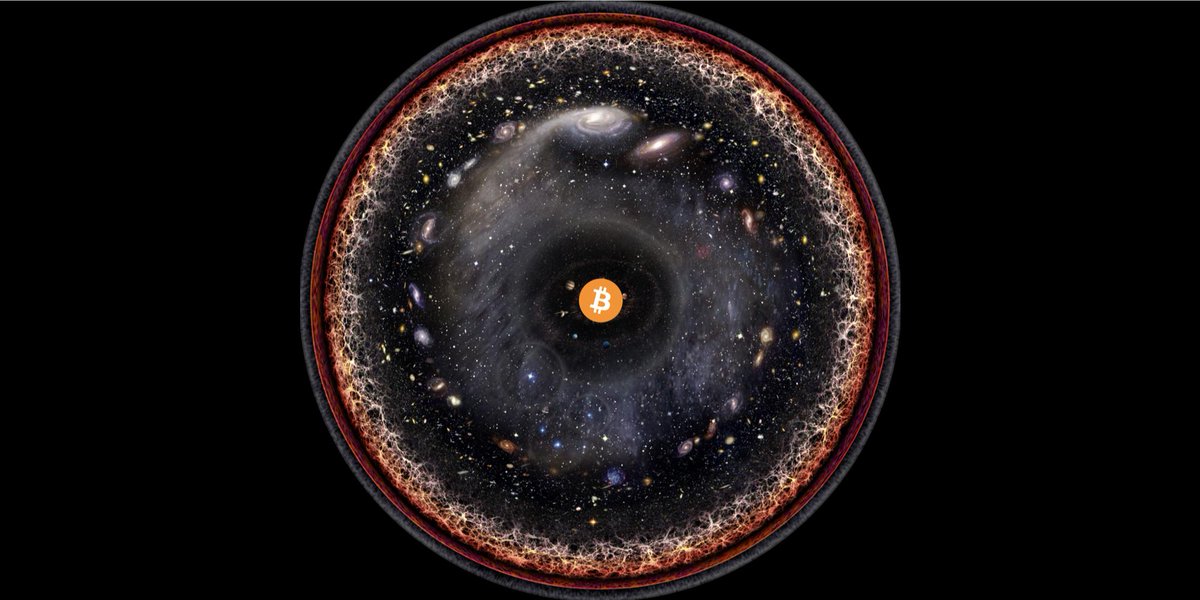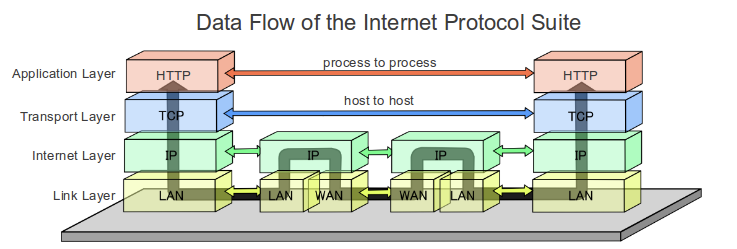Let’s begin⏬
medium.com/the-bitcoin-ti…

medium.com/@breedlove22/m…
medium.com/incerto/what-d…
grisha.org/blog/2018/01/2…
kanaandkatana.com/valuation-depo…
mises.org/library/how-in…
unenumerated.blogspot.com/2017/02/money-…
mises-media.s3.amazonaws.com/What%20Has%20G…
Special thanks to @rey_chantelle for her design genius
@real_vijay, @saifedean , @Bquittem , @danheld , @naval , @NickSzabo4, @nic__carter , @MartyBent, @pierre_rochard , @APompliano , @cburniske , @MarkYusko, @CaitlinLong_, @timevalueofbtc , @nntaleb
@stephanlivera @PeterMcCormack @dergigi @MustStopMurad @misir_mahmudov @mises @johnkvallis @FriarHass @_ConnerBrown_ @mrcoolbp @AleksSvetski @TheCryptoconomy @CitizenBitcoin @keyvandavani @RaoulGMI @DTAPCAP @parkeralewis
@Rhythmtrader @RussellOkung @sthenc @nlw @ck_SNARKs @trevornoren @coryklippsten @knutsvanholm @jimmysong @gladstein @alexanderliegl
And a super special thanks to the legend himself: Satoshi Nakamoto


































